CAR racing in Australia is more popular in October than any other time, all because of the 1000 kilometre race run at Bathurst each year. People who are not race fans will tune in for Bathurst, even if only for the start and finish. It is motor racing’s grand final and Melbourne Cup rolled into one.
Australia’s premier car racing series is known as Supercars (V8 Supercars until recently) and is performing well in both sporting and business terms. On track action is close, sometimes spectacular, while the business itself is healthy if perhaps not as robust for the teams as it once was.
There are currently 11 teams that enter 26 cars under various sponsor’s colours. Entry is covered by a franchise system, and Racing Entitlement Contracts, which are effectively team licences to run a car, change hands for over $1 million a piece.
Supercars is owned 65 per cent by Archer Capital and 35 per cent by the teams. The business turns over about $100 million annually and runs events in every state and territory and New Zealand.
The company is said to return about $24 million before interest and tax.
Professional racing is expensive. A recent report in specialist racing publication Auto Action, suggested that supporting a front running car, one capable of placing in the top six, would cost $1.5 million per year including a modest driver salary, but not expenses.
Some driver salaries are not modest and expenses include crash damage which can be … expensive. A complete new Supercar costs about $500,000 so an extensive rebuild or replacement can certainly drain the budget. Engines rarely fail these days but cost over $100,000 and require extensive rebuilds every 5000 km or so.
The very best teams are reputed to spend over $10 million per year and have a headcount of around 40.
For a variety of reasons Supercars is facing a difficult transformation over the next few years, one that will determine both its relevance to the local car industry, and effectiveness as a platform for national marketing campaigns.
Manufacturer interest is waning.
Earlier this year Volvo announced its exit at the end of this season. Volvo followed two customer-entered Mercedes-AMG contenders out the door. Fords are still present on the grid but the company does not offer any direct support.
Nissan recently re-committed to the sport for another two seasons but the only other manufacturer involved is Holden. The latter plans to continue with a turbocharged V6 version of whatever the Commodore becomes in 2018 after local production of the traditional rear-wheel-drive version finishes next year.
The cessation of local car manufacturing has some questioning the relevance of the Supercars formula, and there is very likely to be real difficulty in retaining or growing the fan base while fundamentally changing the rules to allow more than just V8 engines.
Holden’s announcement of its V6 turbo plans came alongside confirmation that its iconic Holden Racing Team (HRT) name, and the $2 million in annual support that goes with it, was to be moved from Walkinshaw Racing to Triple Eight Race Engineering.
Movement of the HRT “brand” from Walkinshaw to Triple Eight after 26 years might prove to be good business but, then again, maybe not.
This move equates to the Hawthorn football club announcing that it’s playing group would be outsourced from next season and that the team formerly known as Collingwood would be running out in Hawthorn’s colours. It remains to be seen just what the fanbase, otherwise known as paying customers, will think of this.
The US equivalent to Supercars is NASCAR, and NASCAR is genuinely a mainstream sport in that country. One thing that NASCAR never, and I mean never, loses sight of is that the industry is all about the fans. Attendance figures, TV ratings and web traffic are all key numbers when selling an audience to advertisers.
TV ratings have been a concern for Supercars in recent years.
A six-year pay TV deal worth $241 million commenced at the start of 2015 and, while great for revenue, has come at the expense of the sport’s mainstream TV presence. Only six events are seen live on free-to-air TV via the Ten Network, including the Bathurst 1000, Clipsal 500 in Adelaide, Sydney 500, plus the Gold Coast and Townsville events. And this mainly to stay on-side with various state governments who tip in cash.
Despite fierce initial resistance from fans who did not want to move away from free-to-air coverage, pay TV numbers are slowly getting better. The reported percentage increases are impressive, “up an incredible 68 per cent on the corresponding period last year” according to FoxSports, but they are coming from a very low base.
The average number of live pay TV viewers across the first three Supercar rounds this year was 136,000.
It’s not all bad news. Supercars has a five-year naming rights deal with Virgin Australia that took effect mid year. This is the first time the series has had a series naming rights sponsor since 2001. Said to be worth $5 million over five years, the sponsorship will be subject to well-organised activation via the development of a Supercars-based travel platform moving both the circus and its fans around the country on Virgin aircraft.
Meanwhile, Nissan’s recent announcement that they are committed to Supercar racing for another two years is also welcome. The company has signed a new two-year agreement with the Kelly family-owned Nissan Motorsport race team for 2017-18 seasons and will continue to race four Nissan Altima Supercars.
Where to now? GT racing is growing in this country and is seen by some as more relevant to car manufacturers than Supercars, albeit to builders of exotics such as McLaren, Ferrari and such.
The Bathurst 12 Hour run each February for GT cars is developing quickly. It was seen as such a threat to Supercars business model that they bought the rights to promote it.
The 12 Hour is popular with race fans and has the potential to develop good free-to-air numbers via coverage on the Seven Network. Sponsors being asked to tip in millions each year for any form of sport will value live TV viewer figures above all else.
Analysis by Daniel Cotterill


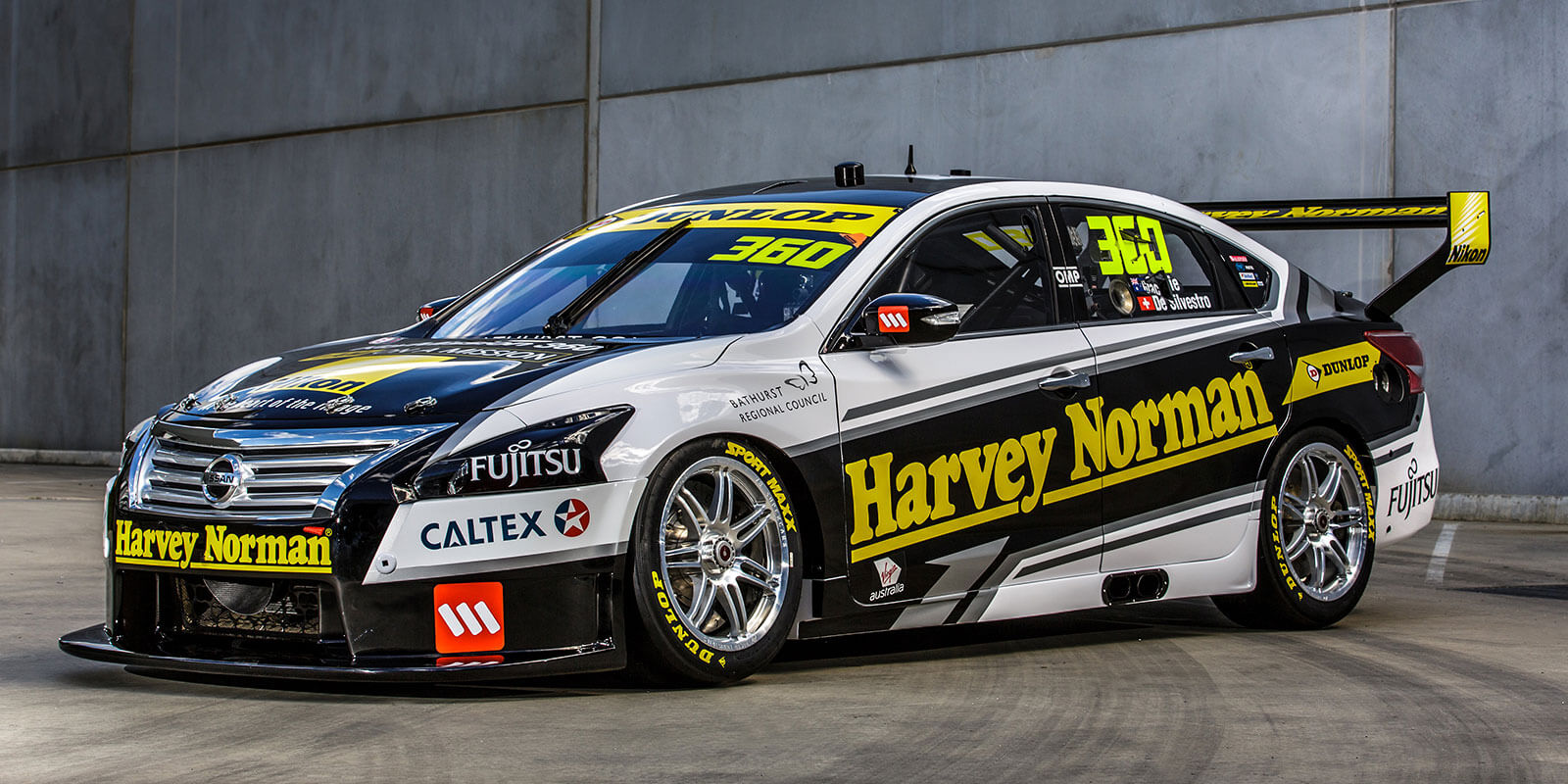
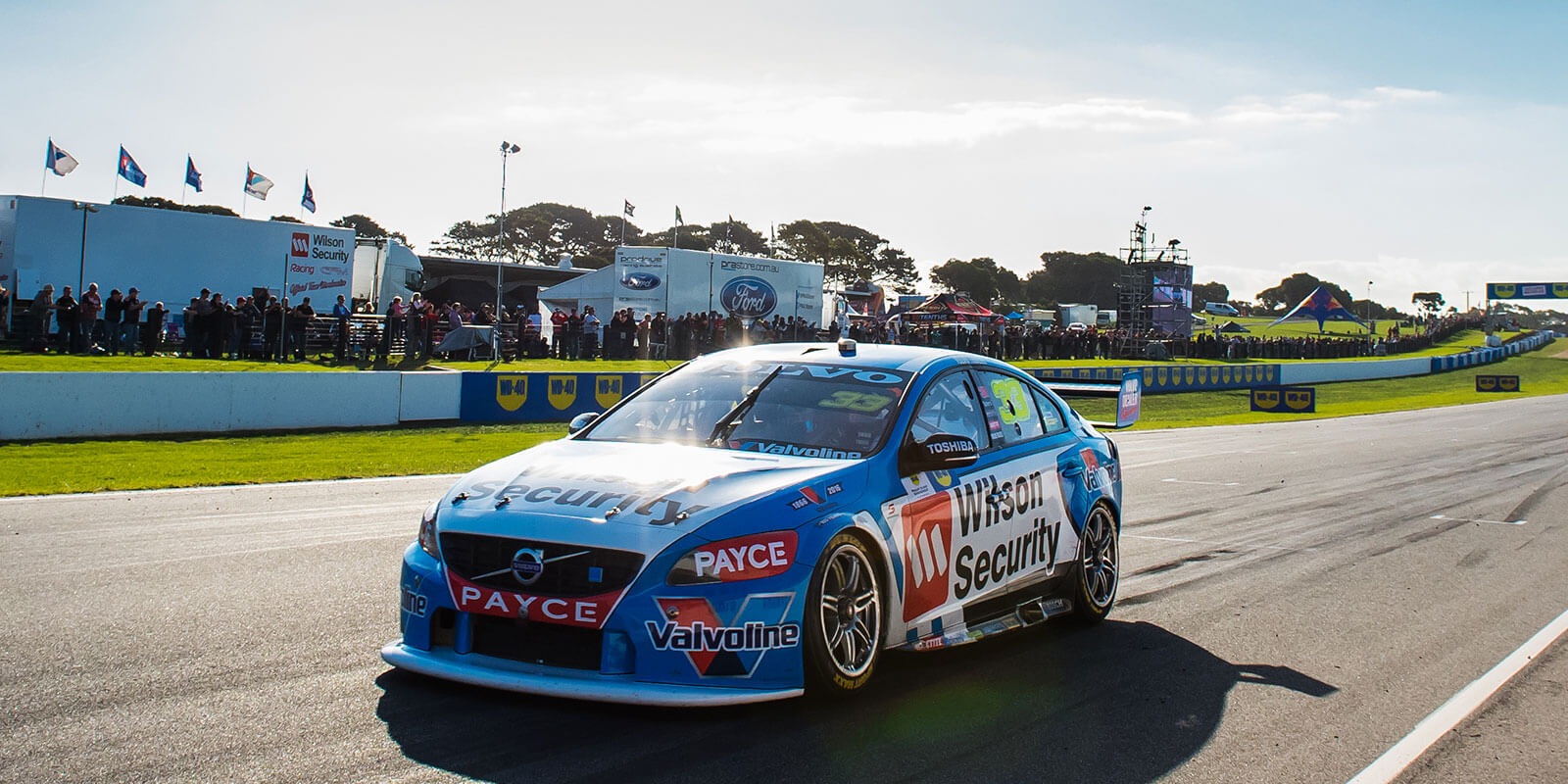
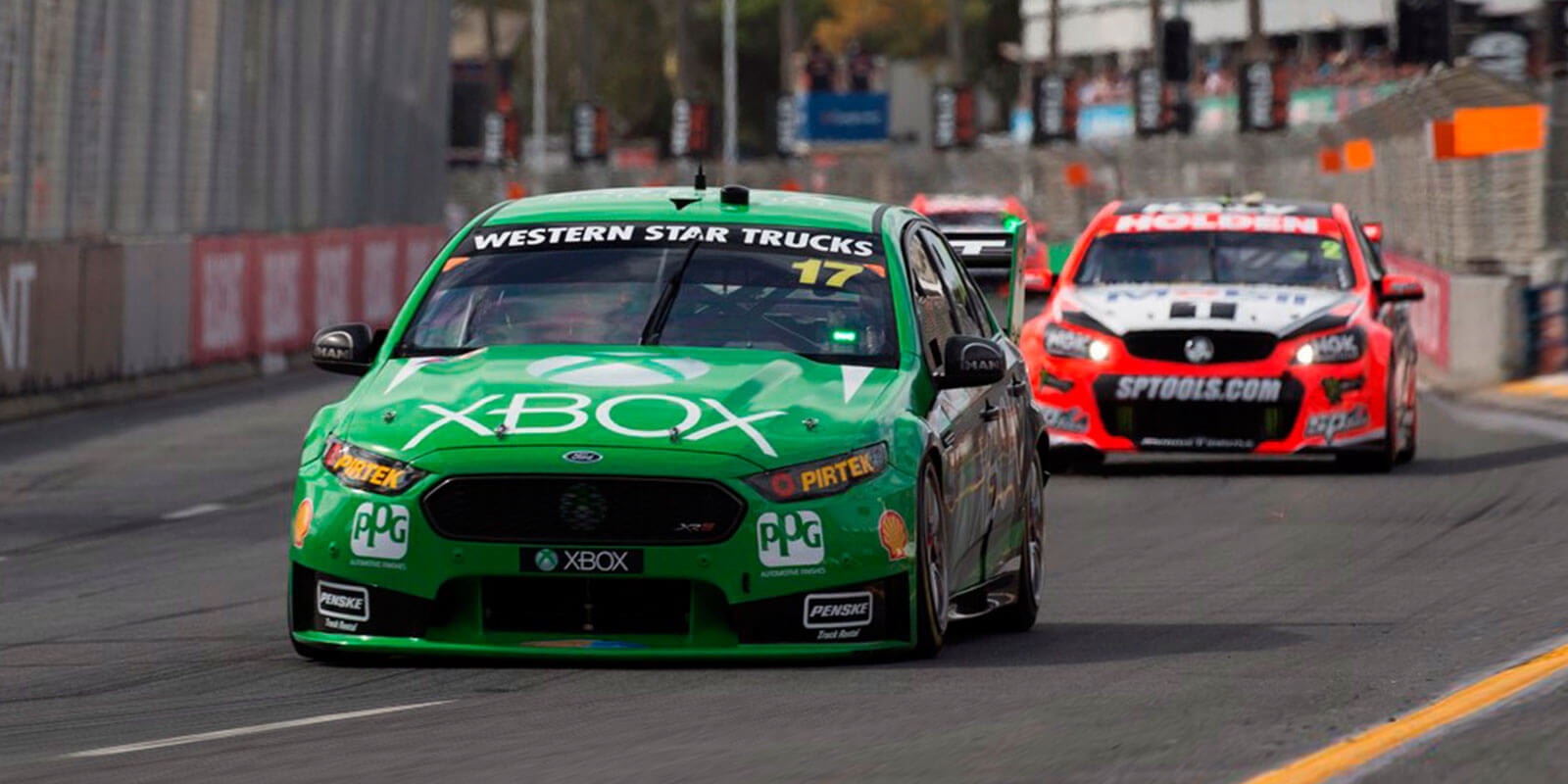
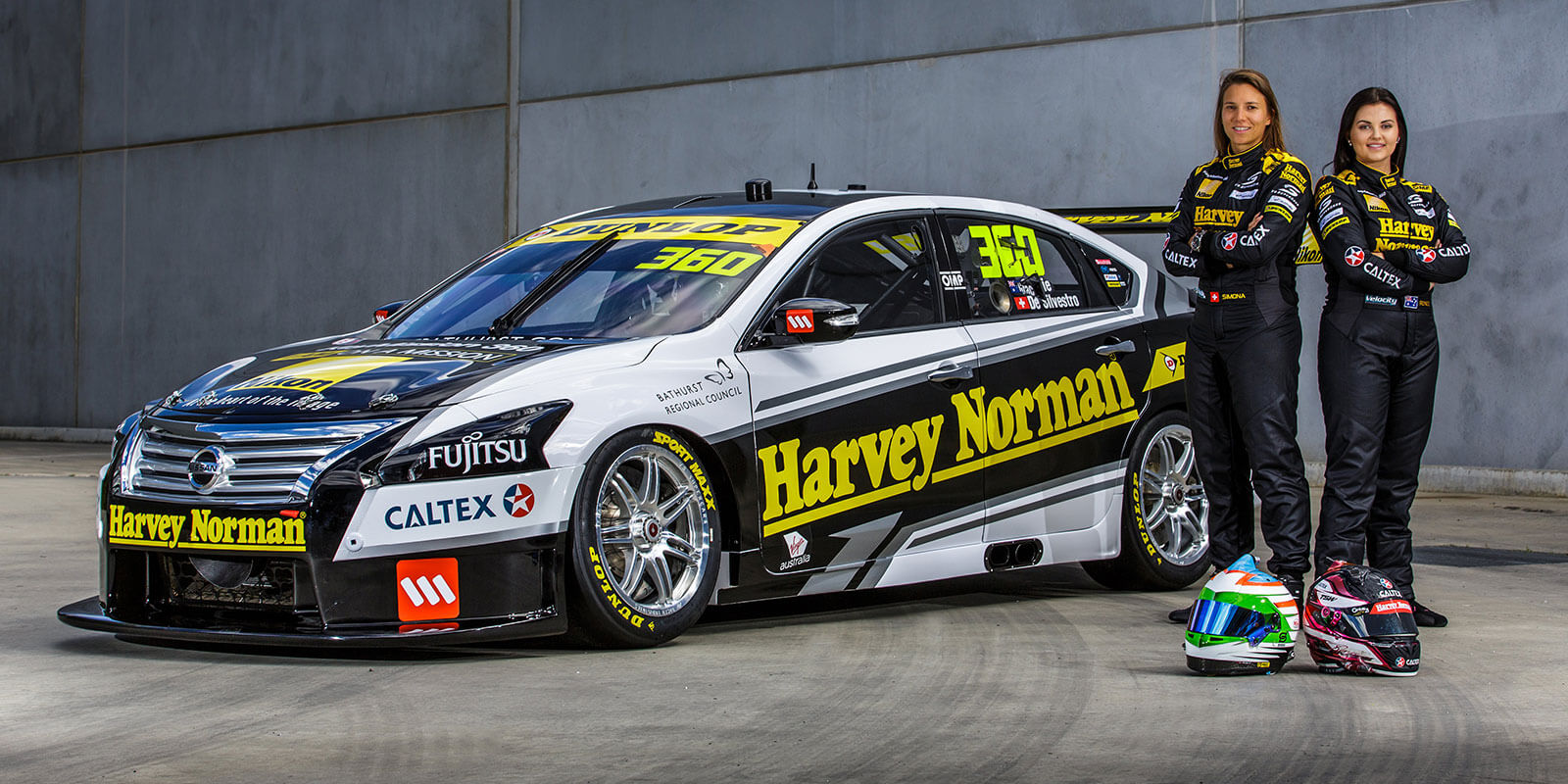
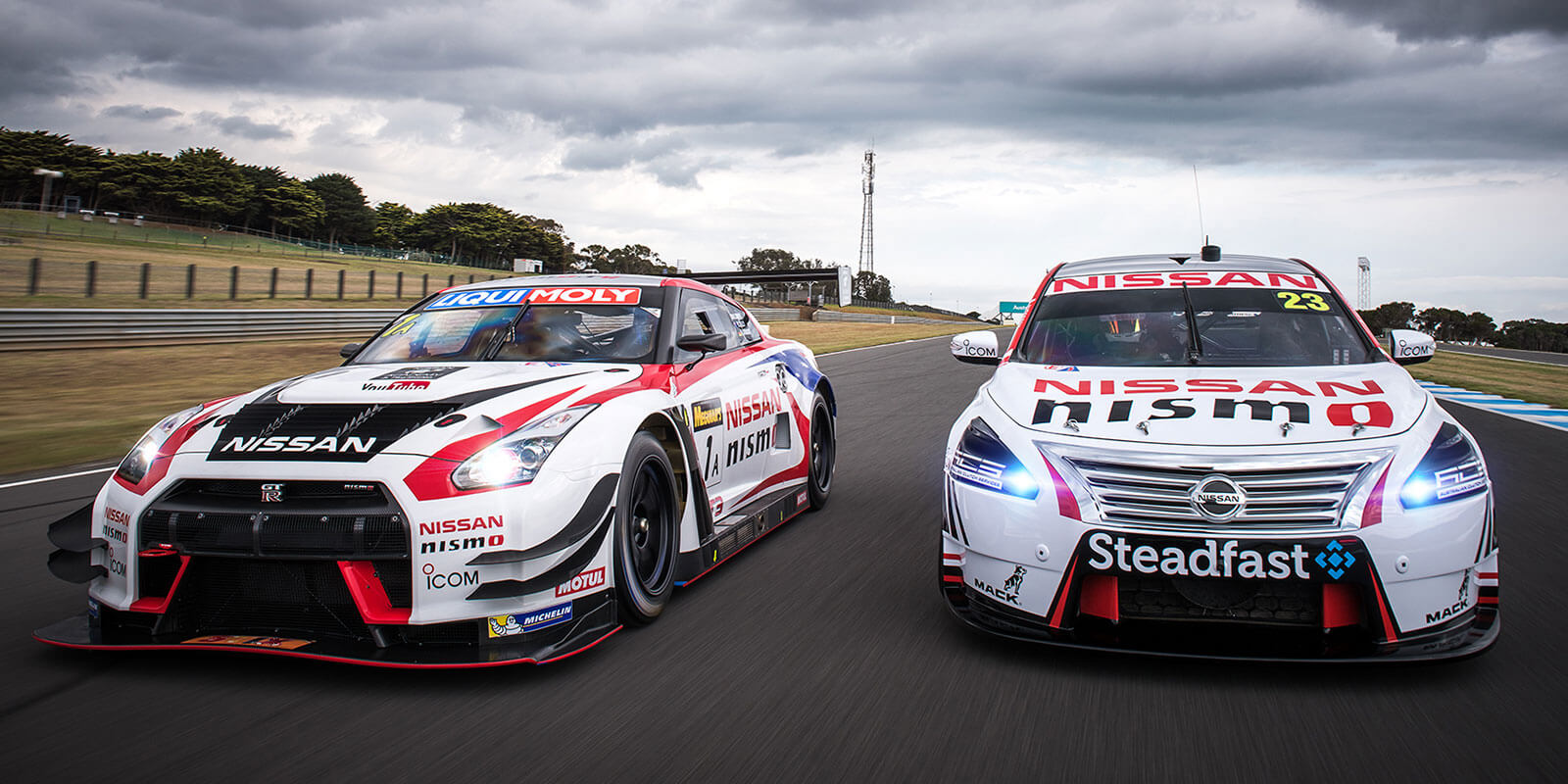











 Read More: Related articles
Read More: Related articles

